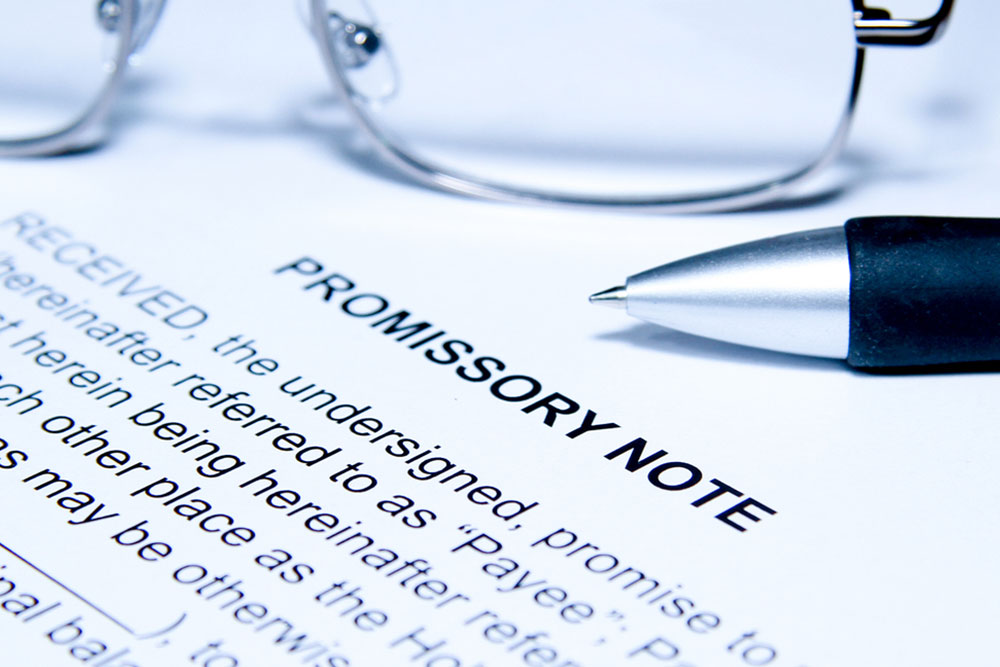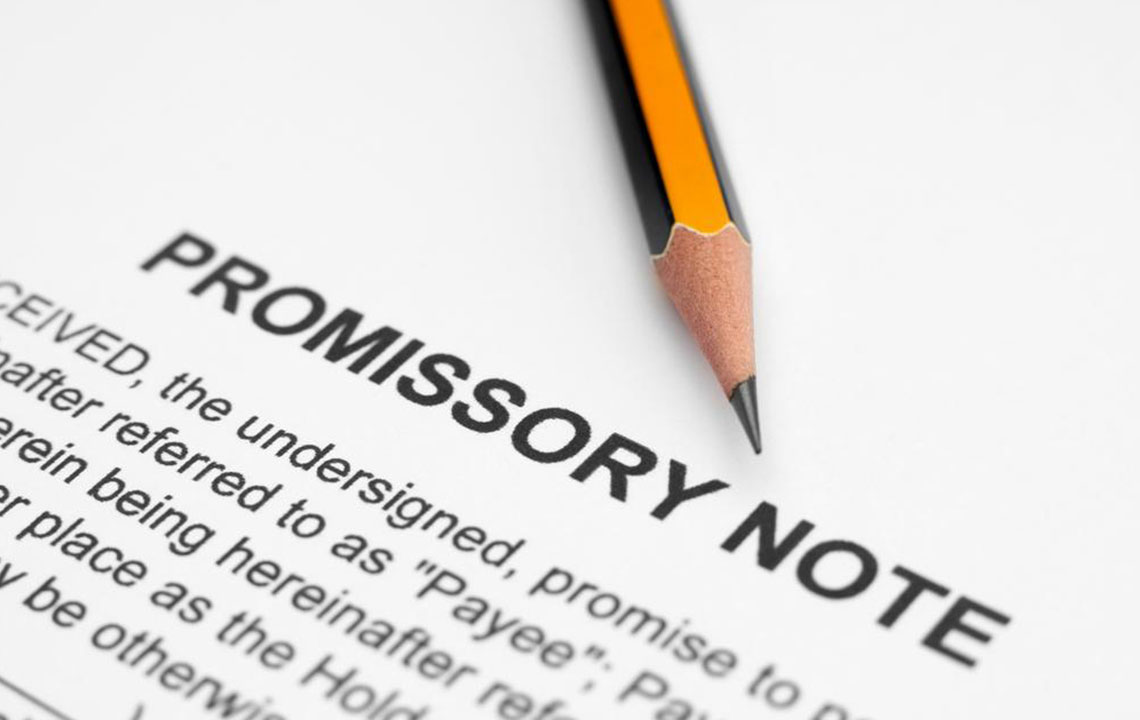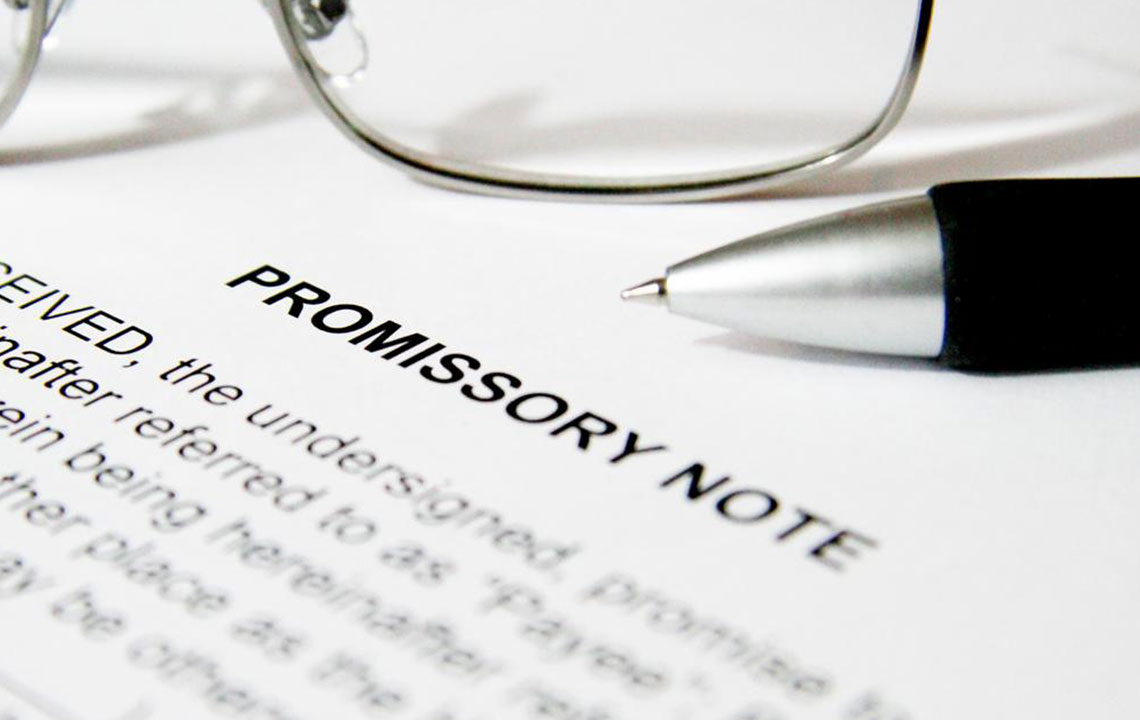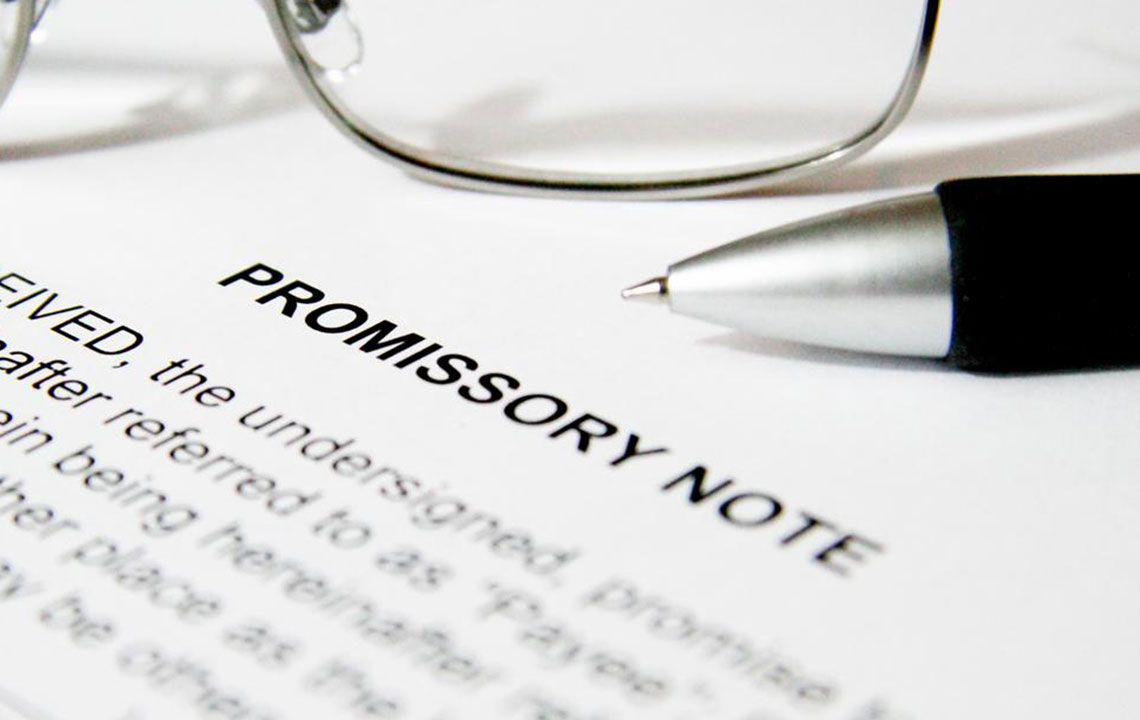Comprehensive Guide to Crafting a Promissory Agreement for Legal Clarity and Security
Learn how to create a comprehensive promissory agreement by including essential elements such as party identification, loan details, repayment terms, default provisions, and additional clauses. This guide provides detailed insights to ensure your agreement is legally sound, enforceable, and protects your interests, whether you are lending or borrowing. Proper drafting helps prevent disputes and ensures smooth financial transactions, offering peace of mind and legal security in all lending arrangements.

Essential Elements to Incorporate in a Promissory Agreement
A promissory agreement is a vital legal document that formalizes the lending and borrowing arrangement between two parties. It provides clarity on the terms of a loan, ensuring both parties understand their obligations and rights. A well-drafted promissory agreement not only protects the interests of both parties but also serves as enforceable evidence in case of disputes. To make this document both effective and comprehensive, it must include several critical components that address key questions about the loan arrangement. This detailed guide explores each essential element to help you create a reliable and legally sound promissory agreement.
Identifying the Parties Involved
The very first step in drafting a promissory agreement is clearly identifying who is involved in the transaction. This includes specifying the lender, often referred to as the 'payor,' and the borrower, also known as the 'payee.' Accurate identification helps prevent any confusion or misinterpretation later. The agreement should state the full legal names of both parties, including any relevant identification details such as addresses or government IDs, to uniquely identify each individual or entity involved.
It is also crucial to understand the legal requirements in your jurisdiction. Some states or countries may require signatures from both parties for the agreement to be valid, while others may only necessitate the borrower’s signature. Typically, the lender’s signature is not mandatory, but having both signatures enhances the enforceability of the agreement. Consulting local laws or legal counsel can prevent future validation issues, ensuring the document's legal integrity.
Stipulating Loan Amount and Interest Rate
An integral component of the promissory agreement is the clear statement of the principal amount borrowed. This figure should be explicitly written in words and numbers to avoid ambiguity. Alongside the principal, the agreement must specify the applicable interest rate, whether fixed or variable, and how it’s calculated. Explicitly stating the interest rate and payment terms helps ensure both parties have a shared understanding of the cost of borrowing and repayment obligations.
Defining the Repayment Method
The agreement must specify the mechanics of repayment. This includes details such as whether the borrower will make payments in installments, as a lump sum, or on demand. Clear instructions on payment modes (bank transfers, checks, online payments) should be included to facilitate smooth transactions. Specifying the repayment method reduces uncertainties and helps both parties plan their financial commitments accordingly.
Establishing a Repayment Schedule
A repayment schedule provides a timetable for installments or payment deadlines. The agreement should specify each due date for payments and outline the total amount due by each date, including principal and interest. This schedule promotes discipline and accountability for the borrower, while giving the lender assurance of timely recovery of the loan amount. The scheduled due dates also play a crucial role if legal proceedings become necessary in case of default.
Addressing Default and Penalties
Default clauses are critical in a promissory agreement to protect the lender’s rights. The document should specify what constitutes a default—such as missed payments or breach of other terms—and outline the consequences. Penalties may include late fees, increased interest, or acceleration of the remaining balance, requiring the full amount to be paid immediately. When notarized, the agreement becomes a legal instrument that enables the lender to pursue collection through legal avenues, including court proceedings to recover owed sums, along with legal costs and expenses.
Including Additional Clauses
Beyond the key components, supplementary clauses can significantly strengthen the promissory agreement. These may include clauses for prepayment options, allowing the borrower to settle the loan early without penalties; collateral or security interests to safeguard the lender’s investment; and provisions for amendments or modifications to the original agreement. Other important aspects include governing law, which indicates which jurisdiction’s laws apply; transfer rights, which specify if the rights and obligations can be assigned to third parties; and clauses addressing dispute resolution methods such as arbitration or mediation.
Final Words on Drafting a Strong Promissory Agreement
Creating a comprehensive promissory agreement requires attention to detail and an understanding of the legal landscape. Ensuring that each of these components is well-drafted and clearly articulated minimizes potential conflicts and provides a solid foundation for repayment. Whether you are lending or borrowing, a thorough promissory agreement acts as a safeguard, reinforcing the terms agreed upon and providing legal protection should disagreements arise. Consulting legal professionals during drafting can further help tailor the agreement to your specific needs and jurisdiction.
In conclusion, including these essential elements in your promissory agreement ensures clarity, enforceability, and legal security for all parties involved. Carefully drafting each section fosters trust and transparency, making the lending process smooth and protected for both lenders and borrowers alike.




